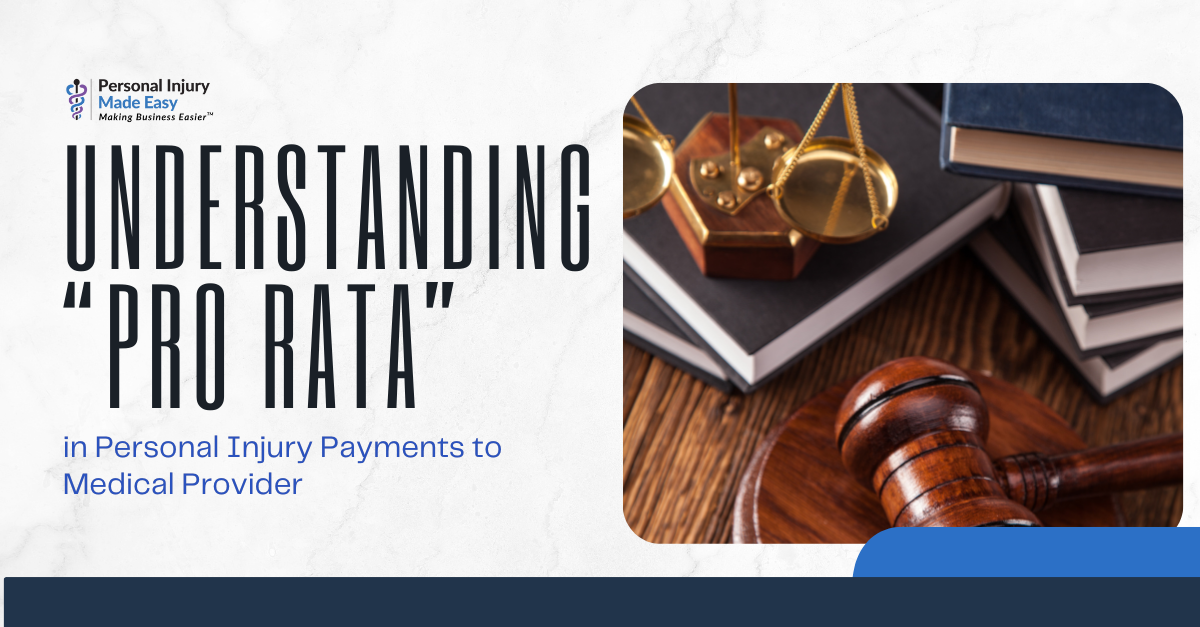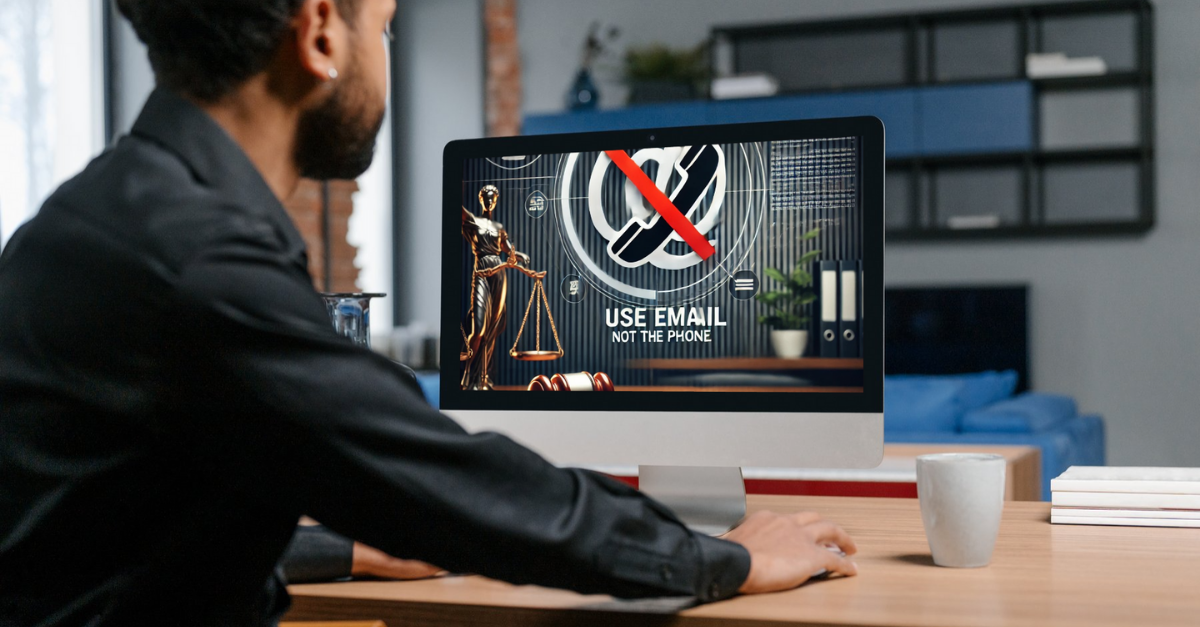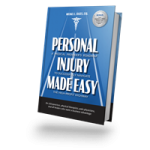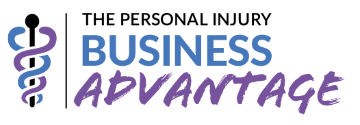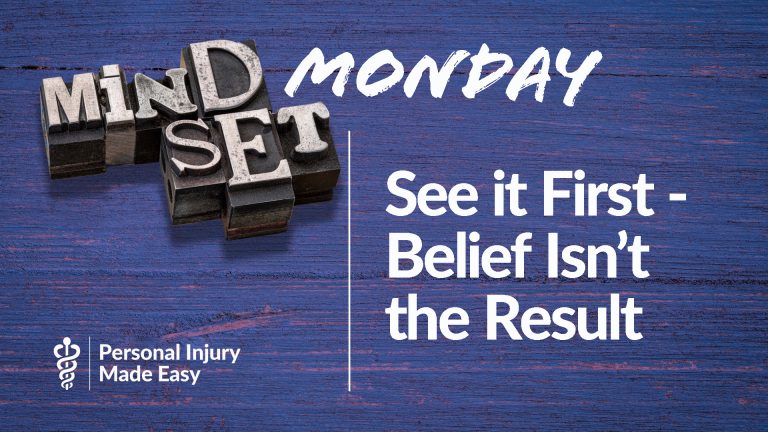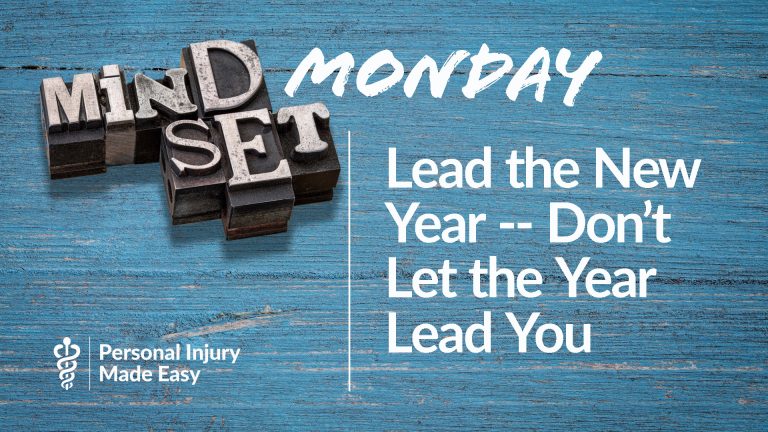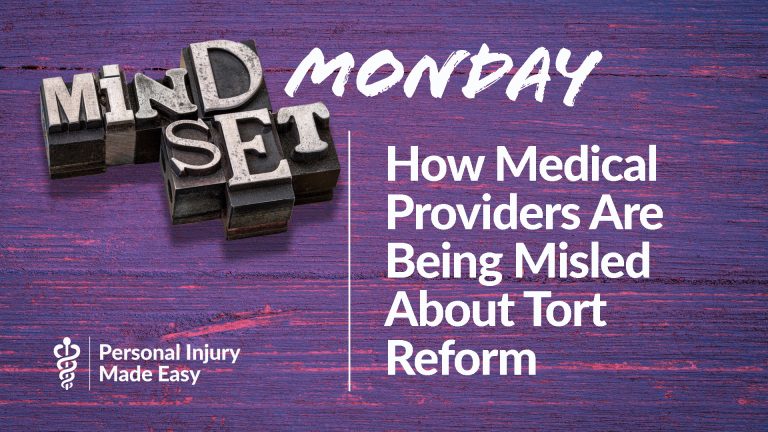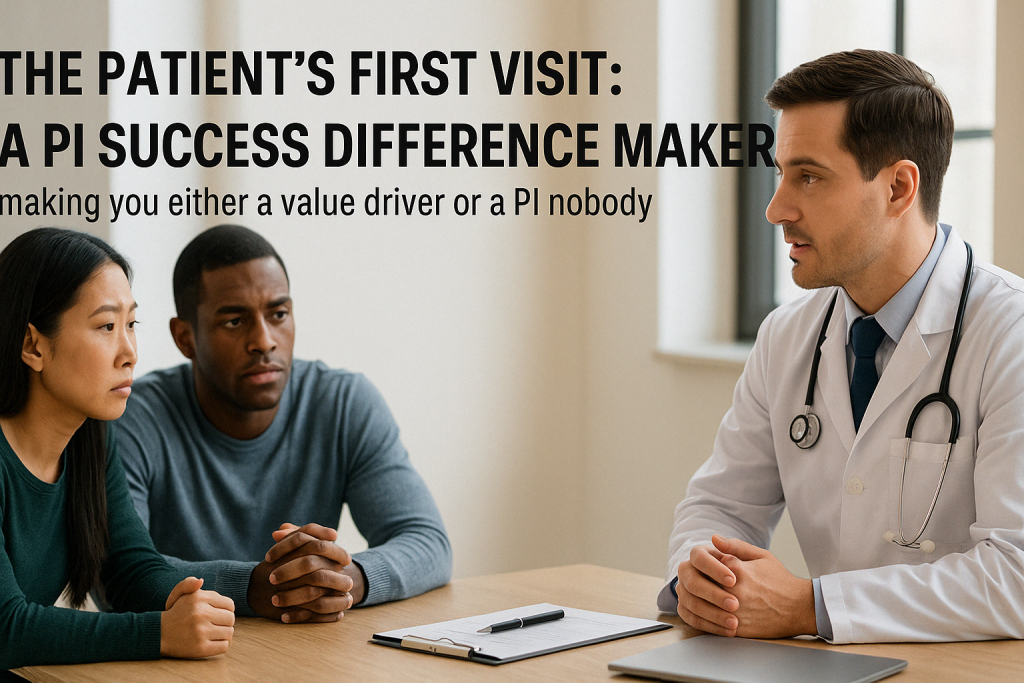
Doing PI Right Starts with the Patient’s First Visit
Making You Either a Value Driver or a PI Outsider or PI Non Entity
Today, we’re going to talk about something that can be the difference between you being a high-value asset to a personal injury (PI) case and patient—or a PI nobody, or even a PI disaster: the patient’s first visit.
This isn’t just an intake. It’s a launchpad. In PI, the first visit is where proven processes—some familiar, many PI-specific—set the foundation for everything that follows. It’s where you prove you’re not just a participant in the case—you’re a value driver.
Get What You Need—Immediately
This starts with gathering critical documentation and signatures. I’m not talking about generic forms—I’m talking about the right lien: the one built to protect your work and your bill, not the watered-down version many providers use. If your patient was the driver in a motor vehicle collision, you need proof of insurance listing coverage limits and auto-policy benefits, as well as photos of the car damage and any visible injuries. You also want prior medical and hospital records, police reports, and any documents that tell the full story of causation, fault, and context.
Don’t just collect records—collect ammunition. Because that’s what this information becomes when you need to determine and justify care, causation, and likelihood of payment.
Identify What’s Open and Act on It
This is detective work. You need to spot what others might miss. Could this patient have a traumatic brain injury or PTSD that requires a specialist referral? Are there liability issues that could prevent recovery if the patient is found mostly at fault? Is the patient represented by an attorney needing to get their signature on a lien or for them to issue a letter of protection?
And here’s a big one—MedPay (Medical Expense Coverage) and PIP (Personal Injury Protection). Are there quick-pay options available? If so, remember: “first in line gets the dime” when it comes to these auto-policy benefits.
What about gaps in treatment or pre-existing injuries? These need to be identified—and if they exist, proactively addressed. There may be no actual gap if the patient was self-treating or seeing a primary care physician. A pre-existing injury might have prior imaging that helps establish an exacerbation in a more susceptible individual.
These are the flags that separate routine care from PI difference makers. Find them early, and you steer things in the right direction.
Avoid What Hurts the Case (and You)
Here’s where many providers get tripped up. Don’t let your patients diagram how the crash occurred or list speed or angle of impact—leave that to the experts. Don’t let them circle body pain diagrams or assign pain-scale ratings in the lobby without prior explanation and your oversight. Why? Because mistakes get made, and those mistakes can have serious PI implications.
Every piece of documentation must be accurate, intentional, and guided by you—from the very first visit. Documentation is permanent. It’s what defense attorneys scrutinize for holes, weaknesses, and inconsistencies they can exploit to discredit your treatment and diminish your patient’s claim and your work.
One careless form or assumption can undermine your documentation’s integrity—and your credibility. Worse, doing the wrong thing—like diagramming an accident and inadvertently creating a liability issue—can be a PI case killer.
Be the Difference Maker
This is where you shine. Start your storytelling documentation—connect your findings to Activities of Daily Living (ADLs), illustrate the patient’s pain and suffering, and realize you will be telling the story of their return-to-health journey. Set clear expectations about your role and how your bill will be handled.
You are ground zero in this case, in the trenches with your patient. Attorneys build strategy based on what you find, document, and highlight. Insurers challenge claims based on what you miss—or the issues your treatment or documentation create.
That first visit is your chance to create leverage, build value, and be the difference maker for your patient, their legal team, and your own payment rights.
In Conclusion:
This is where the three pillars I teach converge: Proven PI value-driving processes. Getting profitably paid. Sustainable, high-profit growth.
The first visit isn’t just important. It’s everything.
So, treat it that way.


